Formerly a specialist in micro-mobility solutions, Segway has recently diversified into home automation. Its most significant achievement to date? Being one of the first to innovate in the field of robotic lawnmowers by developing a model that does away with the guide cable. The Navimow i105e, as it's called, eliminates the most tedious operation of installing a robotic lawnmower while offering an aggressive price in this market: less than 1,000 euros. But how good is Segway's automated mowing solution? Can this Navimow i105e replace a classic robot lawnmower or even a traditional lawnmower?
Navimow i105e: a small robot for gardens up to 500 m2
It's a revolution on the Robot lawnmowers. The historic leader in the sector, Husqvarma, is finding itself challenged from all sides by eager challengers. Its mistake? Having let unknown competitors in this market appropriate the technology that allows it to move to the next level. Indeed, until a few months ago, robot lawnmowers required a conductive wire to operate. Specifically, during their installation, the owner had to demarcate the mowing areas by planting an electric guide cable in the ground. A rather tedious operation that could also become complicated in the event of an unexpected cut in the wire.
Now equipped with LiDAR and other cameras, the new generation of robots no longer requires this guide cable. Brands such as Ecovacs, Dreame, which came from the robot vacuum cleaner world, and Segway have taken advantage of this to reshape the market and, incidentally, initiate a real price battle. It is in this context that the Navimow i105e was launched. Its particularity: a relatively compact size (545 x 385 x 285 mm) ideal for small spaces, as well as an aggressive price (999 euros), which forces us to consider it even if we do not have a thorough knowledge of the brand behind it. On this subject, it is worth noting that Segway also offers the Navimow i108e, sold for 300 euros more, the only difference being a larger battery that allows it to tackle gardens of 800 m2.
Installation and Start-up
The Navimow i105e has a fairly classic design, with its upper part consisting of an emergency stop button, a small LCD screen, and a manual cutting height adjustment control. Even the control panel, below the small screen, is rudimentary, consisting of just three buttons. The whole thing sits and charges on an equally basic charging station that doesn't protect the robot from the rain. The upper part, which shelters the Navimow i105e, is sold as an option for €149. However, Segway regularly offers promotions or bundles that include protection for the docking station. Check for details. Finally, a third element is added to this duo: it is an RTK (Real Time Kinematic) antenna which allows to refine the GPS data sent to the robot and to be, in theory, more precise.
How is everything installed? It's relatively simple and much faster than for robot lawnmowers that use a perimeter wire. The startup process is accompanied by a very explicit and fairly comprehensive tutorial in the Navimow app. Following it is child's play, even if the positioning of the docking station and antenna may require several adjustments. Indeed, this is perhaps the only complexity of the Segway robot compared to more recent models like those from Dreame or Mova, which do not use RTK relays. In our case, for example, the garden is surrounded by fairly high walls that prevent the antenna from being installed at one end. It must therefore be planted in a more visible space. The cable that connects it to the docking station must also be taken into account. Even though Segway provides a 10 m extension cable for each of the two cables, the operation may require several attempts. Once the docking station and antenna are communicating correctly, the hardest part is over. All you have to do is take your smartphone, which turns into a game controller, and guide the robot along the edges of your garden. The only difficulty with this exercise? You'll need to create several zones if your garden is separated by a path, but for the rest, it's child's play. Once the route has been adjusted, it appears fairly accurately in the application. It is then possible to customize the resulting map by adding prohibited zones, just like when installing a robot vacuum cleaner. From then on, you can start your first mowing manually, or use the application. Be careful, however, before using it for the first time, you must have mowed your garden a little. Indeed, despite all its qualities, the Navimow i105e remains quite limited in terms of power and cutting height. It will therefore be necessary to ensure that it can navigate correctly the first time and then not wait two months between each use, otherwise it will be confronted with grass that is far too high for its small wheels and mini blades.
The Navimow i105e in use
As with most domestic robots, most of the interactions between the owner and their assistant on wheels take place via an application. From start-up to the various mowing programs, it intervenes at all stages of installation and almost every time it is used thereafter. Of course, it is always possible to launch a program manually, but this task requires going to the Navimow, and the whole point of a robot is also the fact that it can be controlled remotely.
The Segway application, although quite basic, offers the essential What is required when using a robot lawn mower:
- A mapping section to delimit mowing areas and personalize your companion's activity.
- Programming options and recurrences for long-term maintenance.
- Mowing reports, certainly anecdotal, but which allow, in addition to noting that the robot has worked well for you, to quantify the time saved thanks to its investment.
That's the broad outline, but what is appreciable from Segway is also having included other types of filters in the application. It is possible, for example, to configure your Navimow to adapt to weather conditions and cancel a mowing session if it rains or faces strong winds.
Finally, the application is missing only one essential option: the cutting height adjustment. This is done manually, on the robot. Too bad.
In the end, what is appreciable with the Navimow i105e is that once its installation is complete and its few parameters adjusted, there is no real need to go back to it. The robot operates autonomously and only requires basic maintenance, we will come back to this. In this sense, it fulfills its task perfectly.
Performance and autonomy
Rather disappointed by our previous robot lawnmower test (with guide wire), we were, on the contrary, quite impressed by the performance of the Navimow i105e. Of course, it's not perfect and still has some shortcomings, but it fulfills its essential mission: that of no longer having to worry about the mower. By programming a bi-weekly mowing, we obtained a generally satisfactory result over more than a month of testing. Admittedly, edges are not the i105e's strong point and it is necessary, on occasion, to complete its work with shears, but overall its repeated passes prove effective and it ultimately encountered few problems over the entire duration of the test. More specifically, we appreciated its ability to detect small obstacles, to turn around the base of trees and not to encroach on flowering areas, in short to move with a certain precision, even delicacy, in an environment that is not necessarily obvious.
Where our robot lawnmower showed its limits is on the edges for which its three thin blades are a little short. On the other hand, its crossing abilities are aided by its large wheels and, even if on wet ground some movements are more delicate, it always manages to find a passage to continue its task.
While it perfectly recognized the new obstacles that we presented to it day after day, a bench here, a children's cabin there, it was, however, fooled by the uneven height of a slide. Unfortunately, as it passed at the bottom of the latter, it managed to lift it before it fell back on the "stop" button to interrupt the task. So these are the kinds of mishaps that happen when you entrust your garden to a robot, but overall, these are special cases that rarely occur in the case of the Navimow i105e.
Maintenance of the Navimow i105e
This is undoubtedly one of the most appreciable aspects of this type of robot. Unlike vacuum cleaners, robot lawnmowers require very little maintenance. A simple jet of water will remove any clumps of grass and other traces of mud. Moreover, a small handle allows you to hold Navimow vertically so that its underside is more accessible.
As for the blades, our one-month test did not give us the opportunity to change them. After about twenty mows, the three initial blades are still as effective, but replacing them (with the optional ones) seems like child's play. One last question remains: should you use the shelter provided by the brand to protect your robot mower? If you are lucky enough to get one through regular promotions, the question does not arise. For less fortunate buyers, the answer will most often depend on the storage conditions of the Navimow i105e.
Test Verdict:
The Navimow i105e is a particularly effective robot lawnmower considering its price. Compact, durable, and equipped with excellent obstacle detection capabilities, it is capable of managing small to medium-sized gardens (up to 500m²) on its own and quite well. While it isn't the most precise on edges or sometimes requires several passes to be fully effective, its main weakness lies elsewhere: it relies on an RTK antenna, which must also find its place in the garden. But at less than 1,000 euros, this compromise is truly acceptable, especially since the antenna doesn't require its own power supply. Ultimately, with excellent value for money, the Navimow i105e stands out as a benchmark model for less than 1,000 euros and a worthy representative of the new generation of robot lawnmowers.

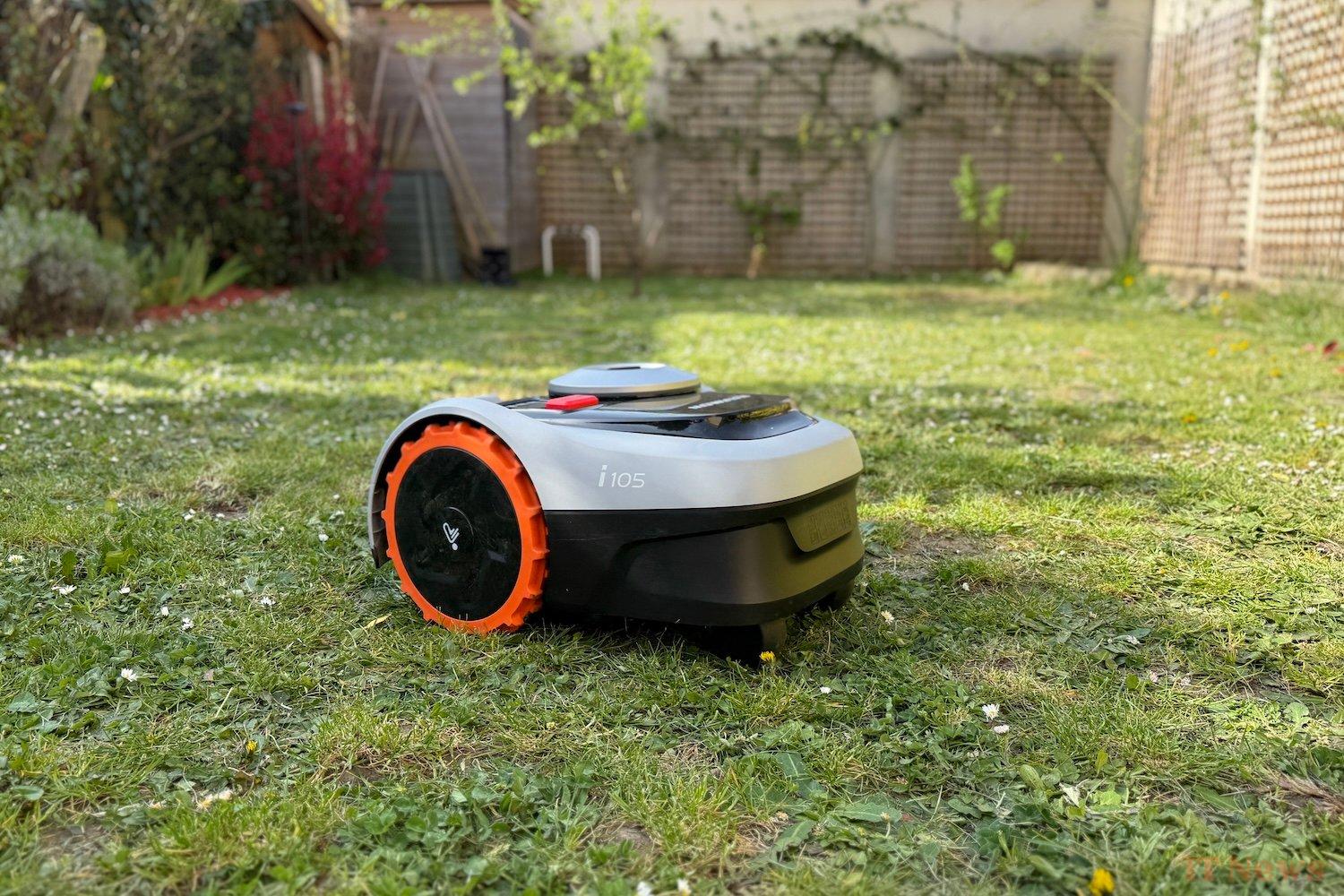
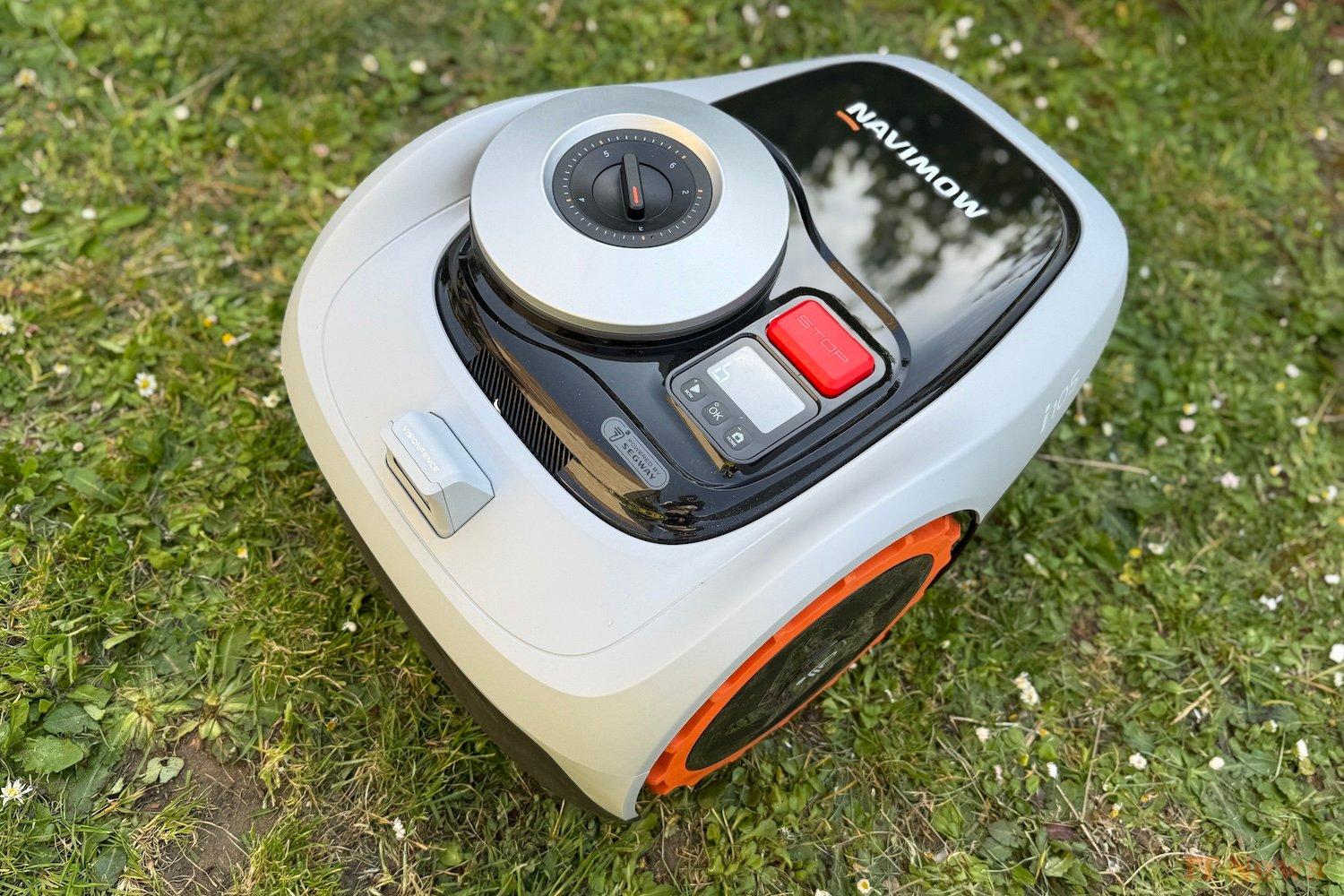
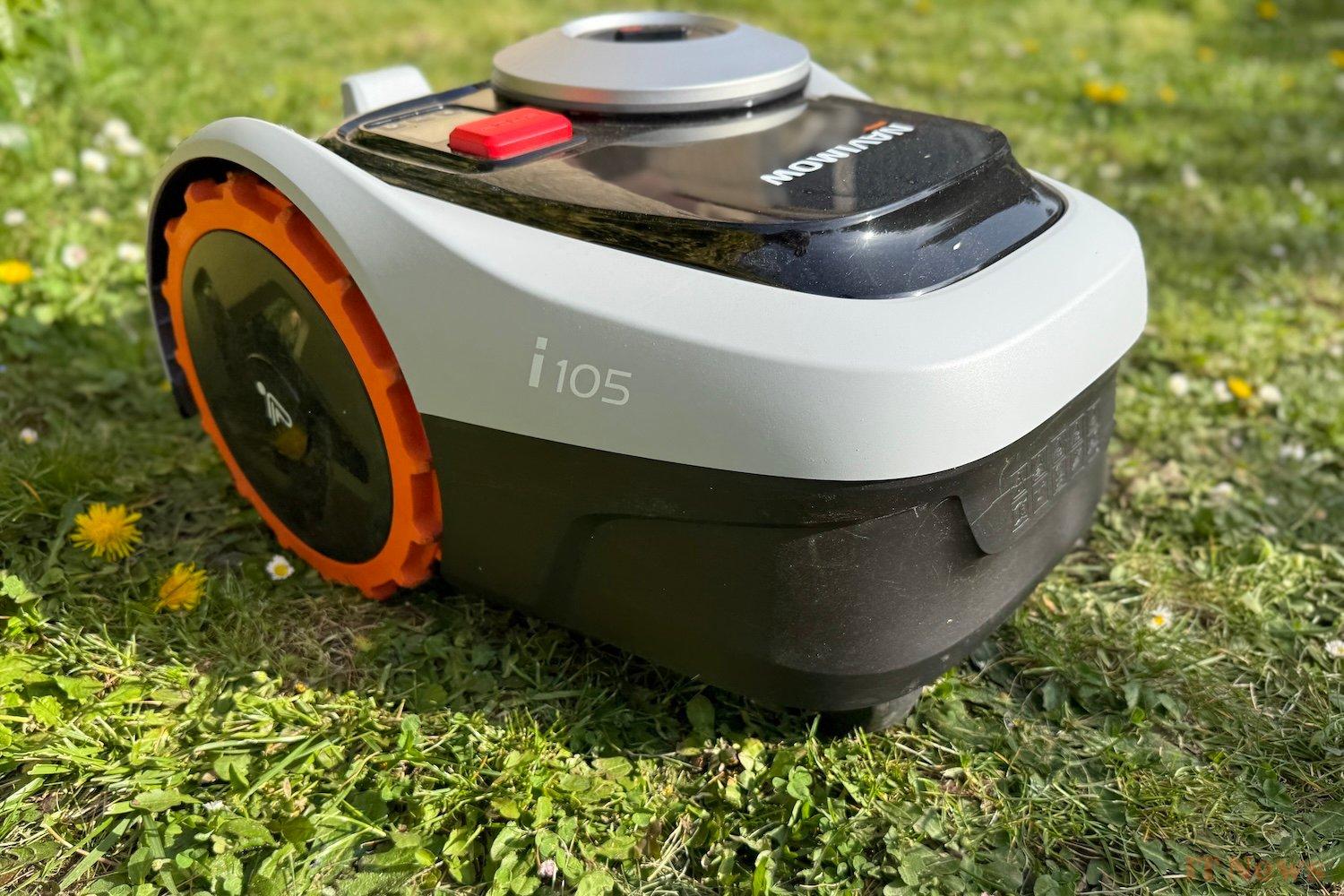
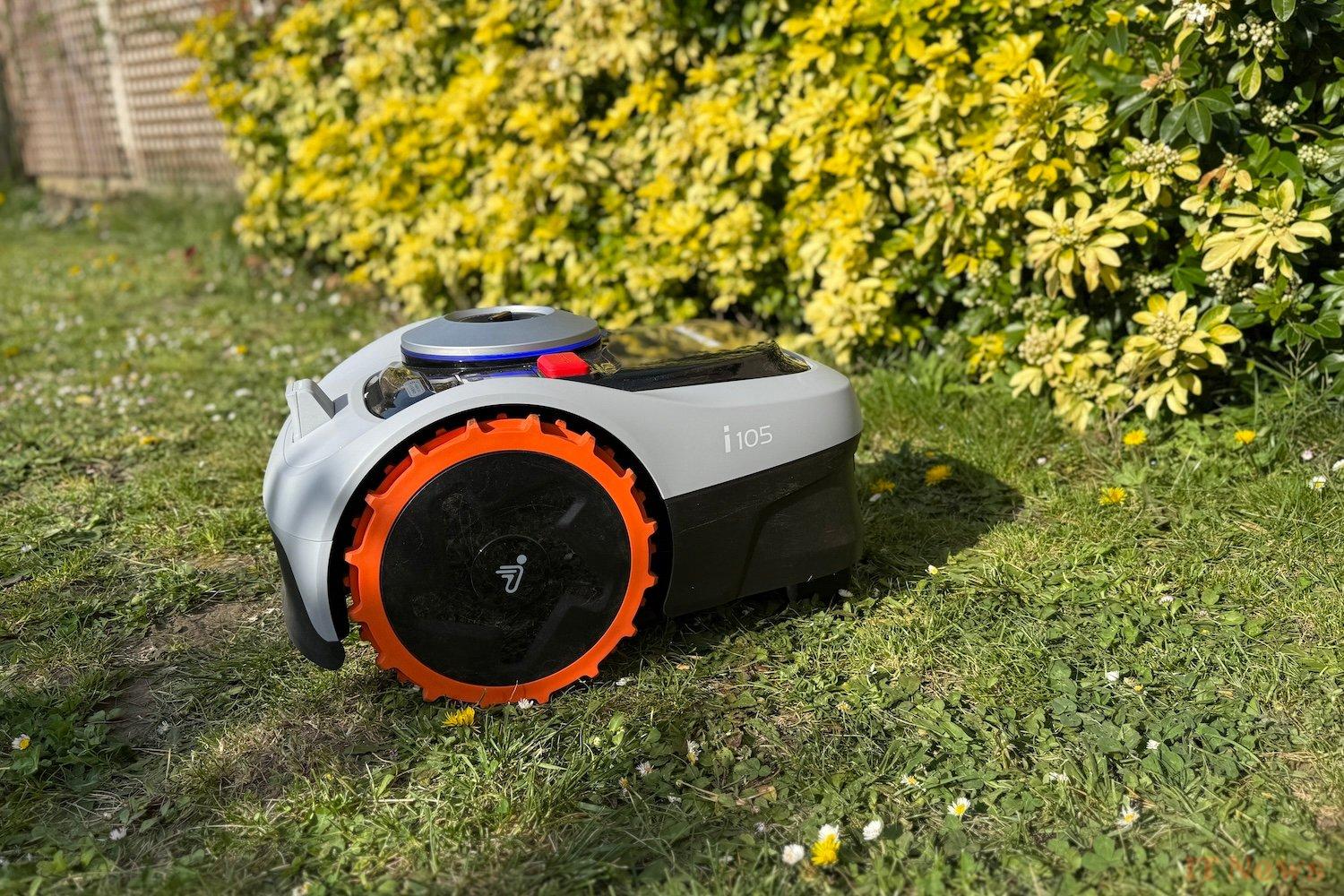
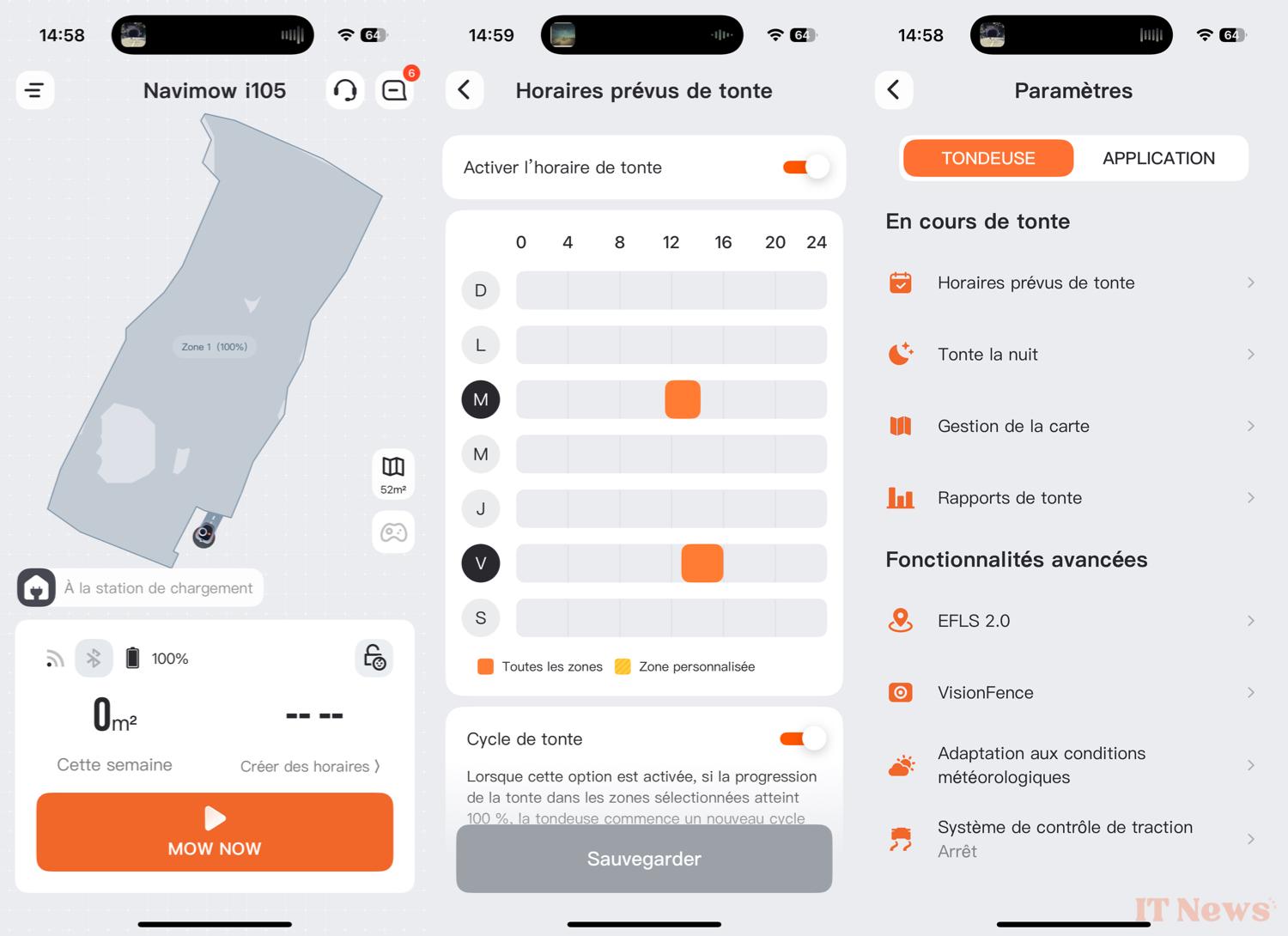
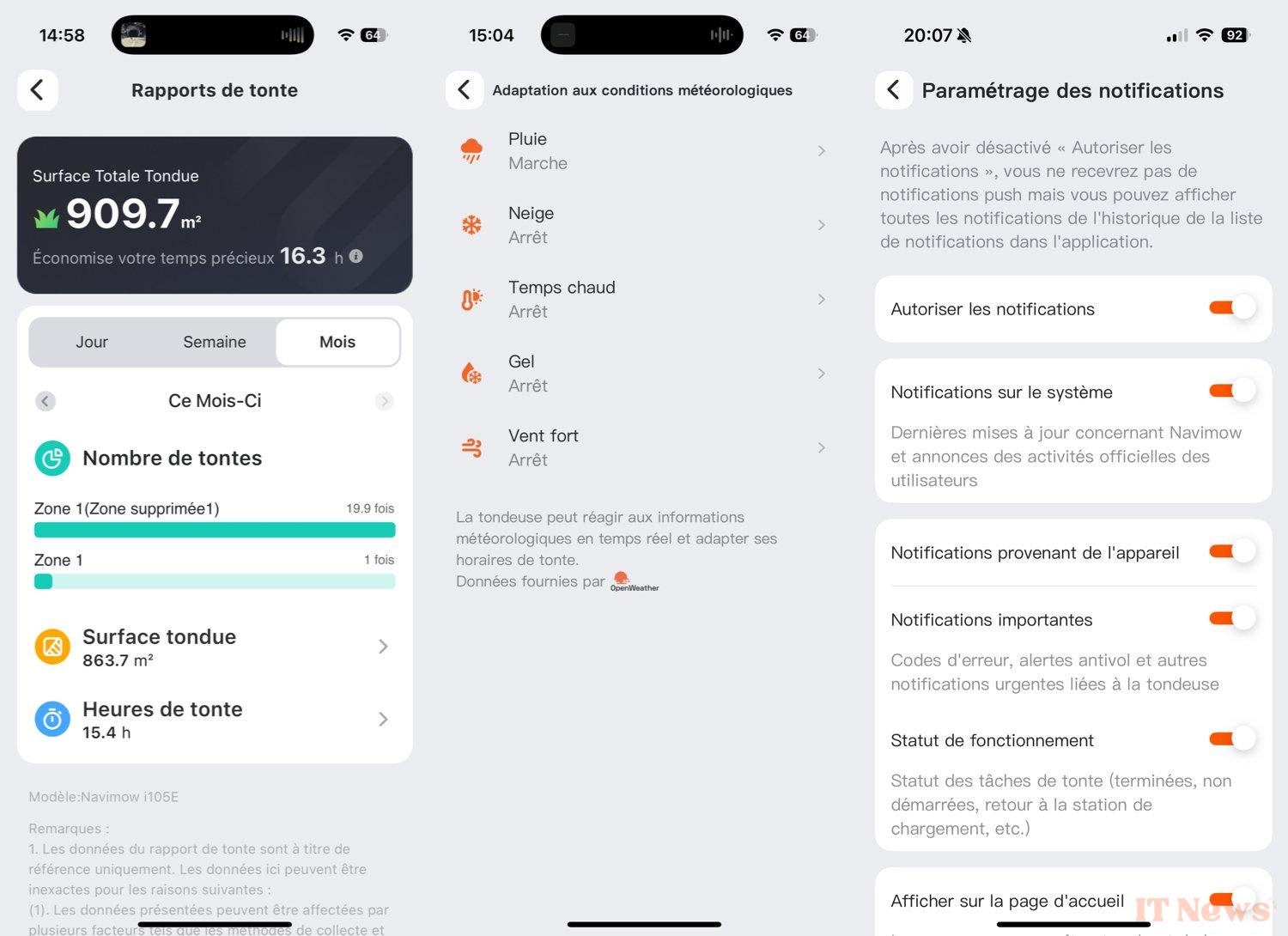
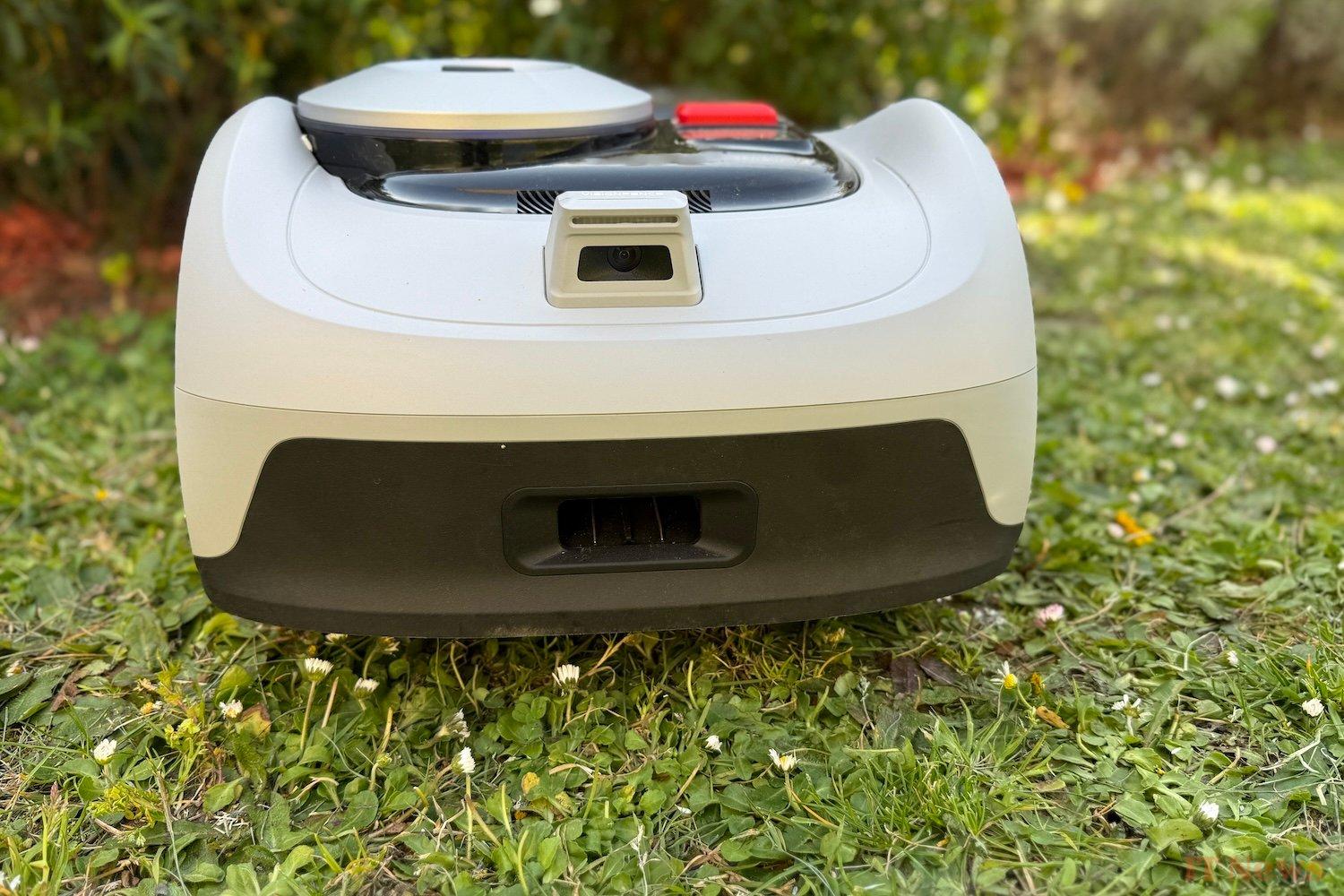
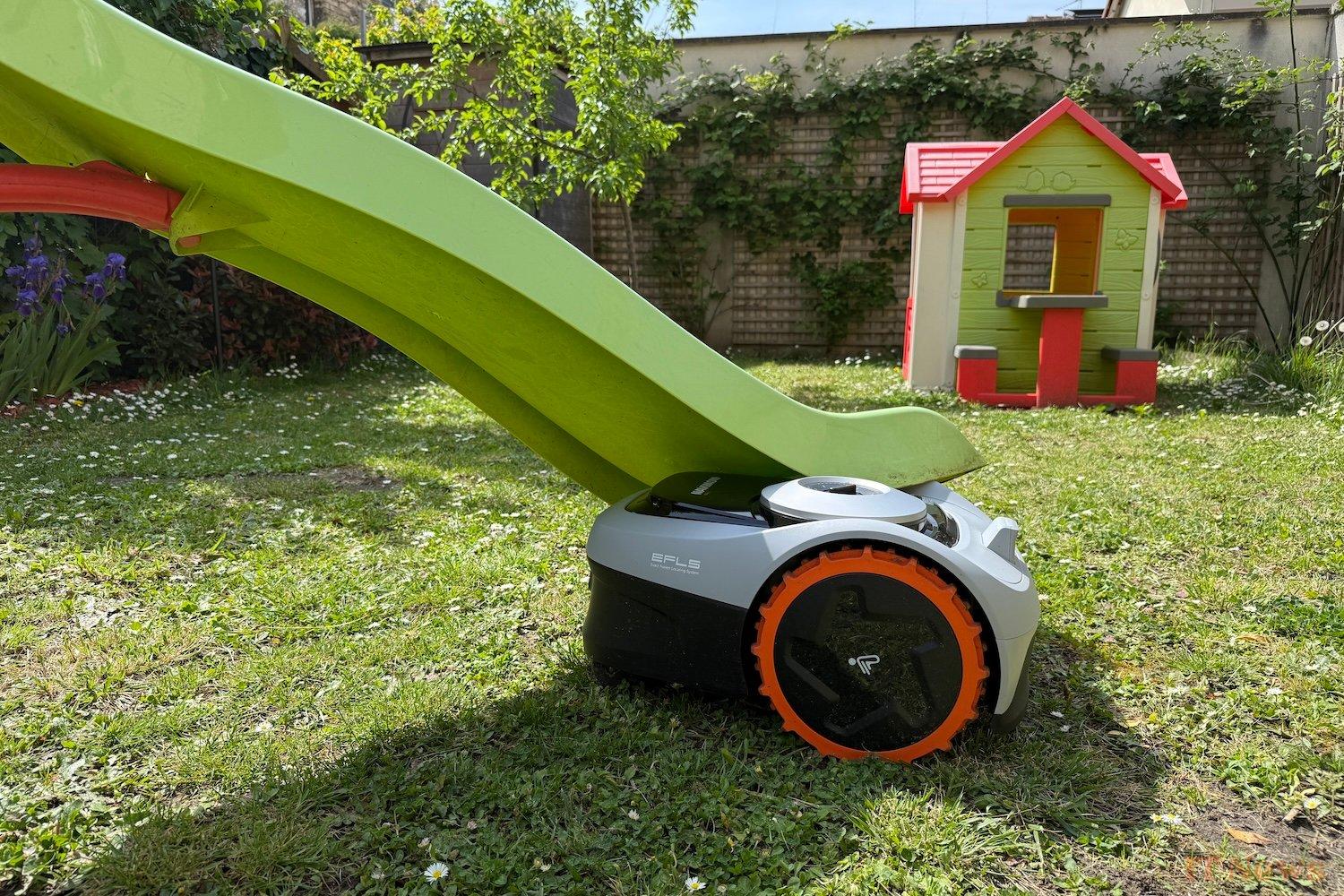
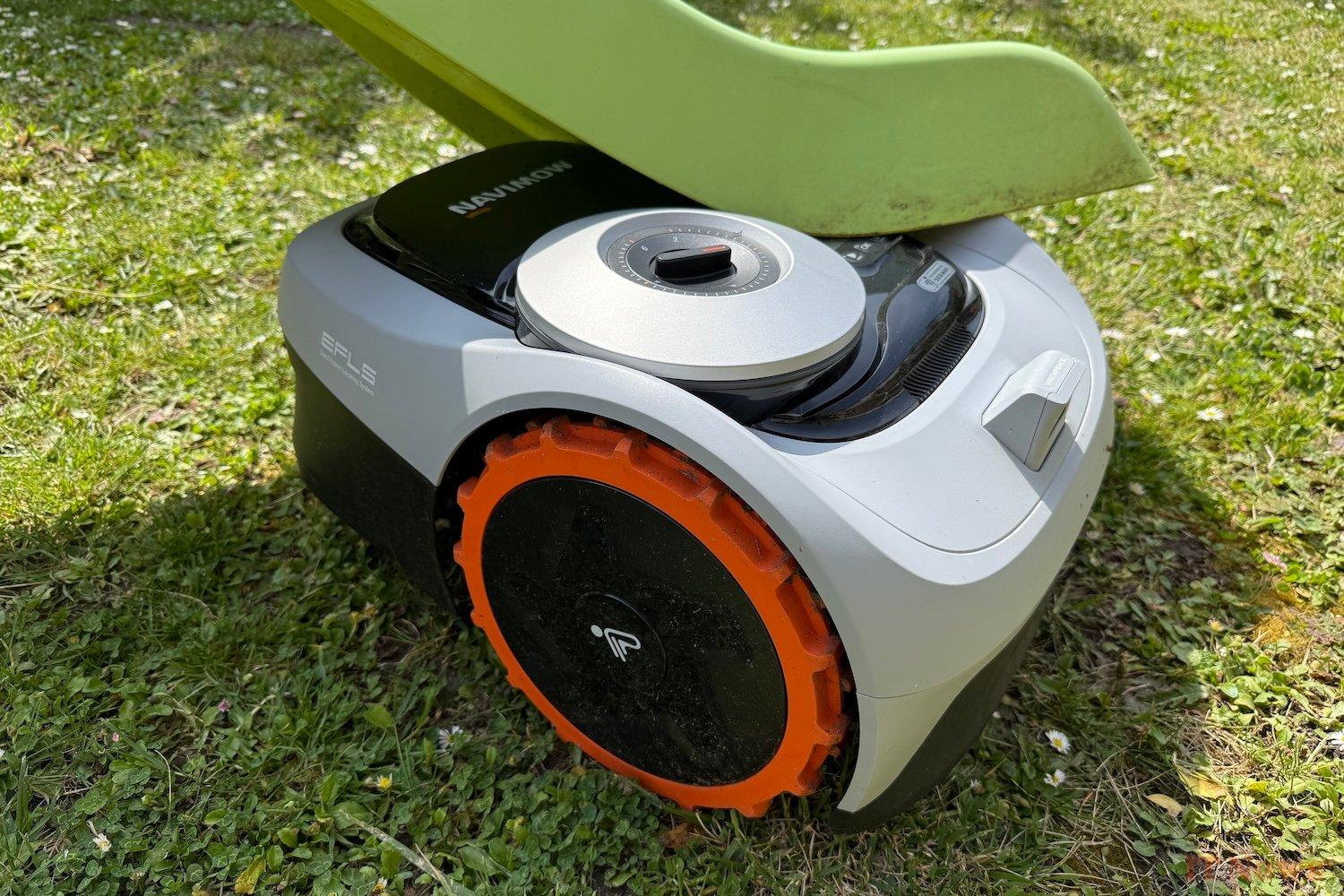


0 Comments